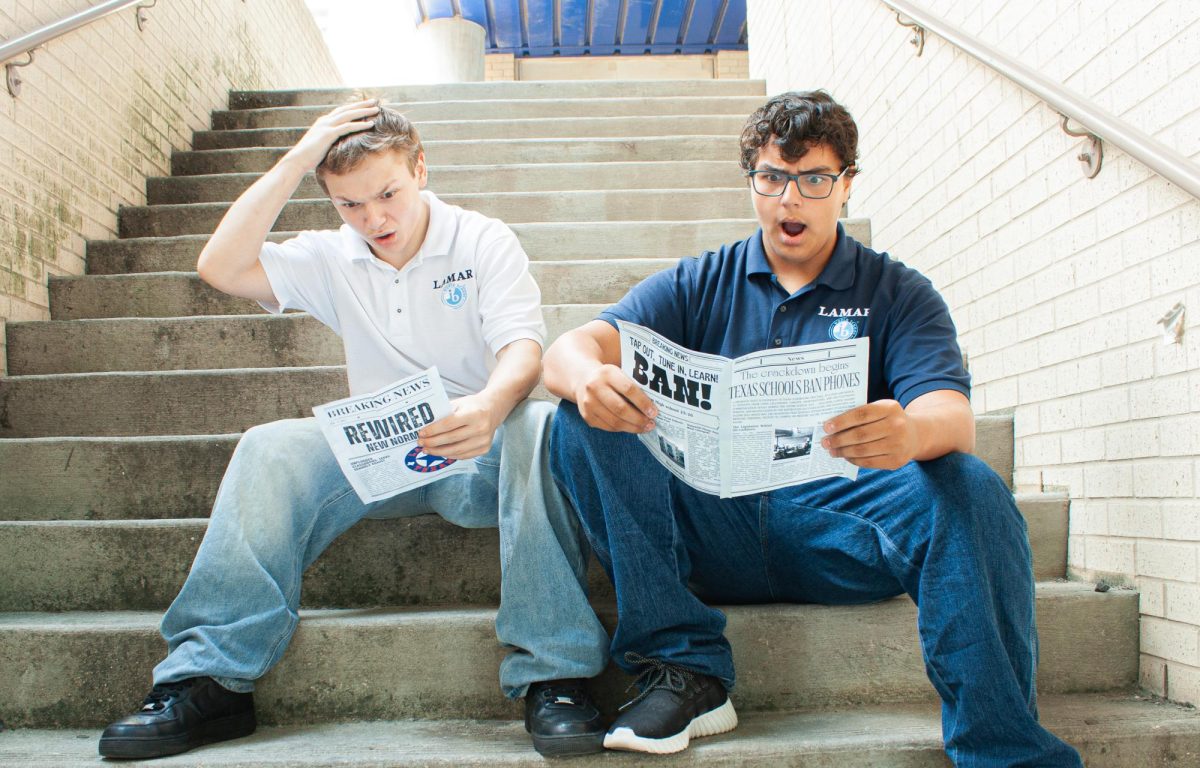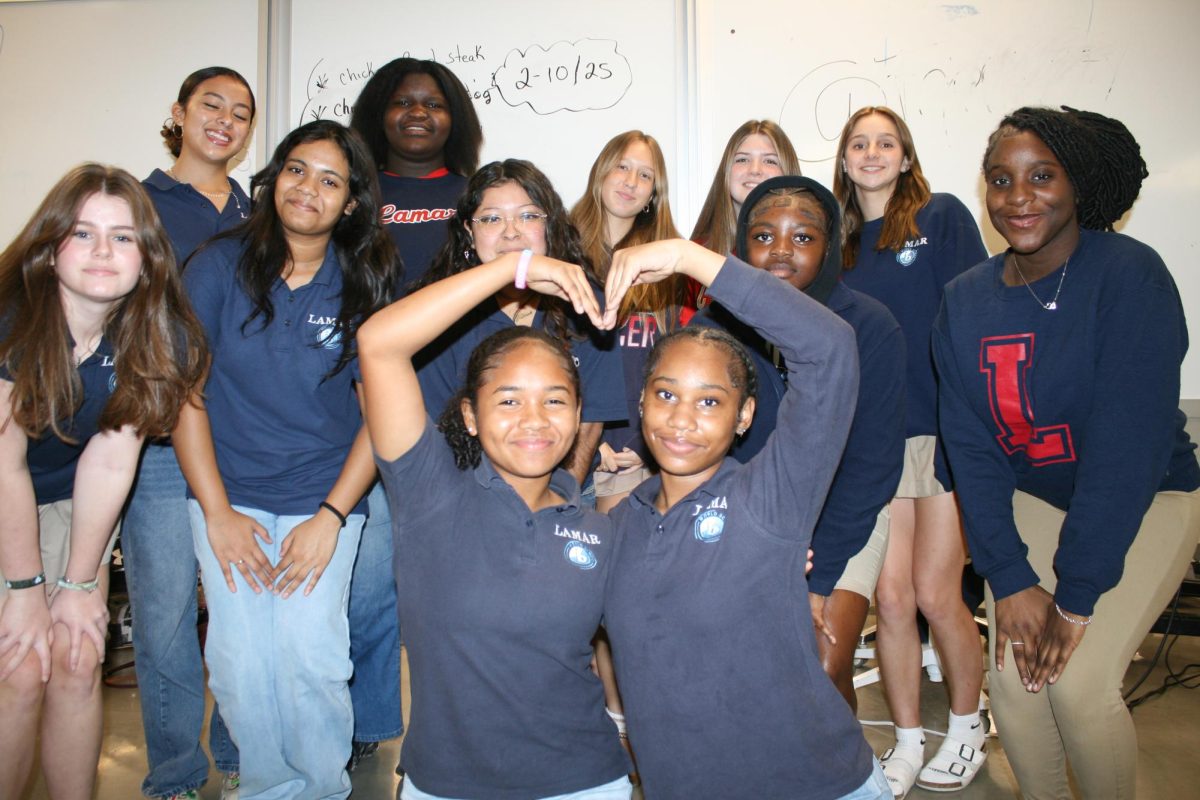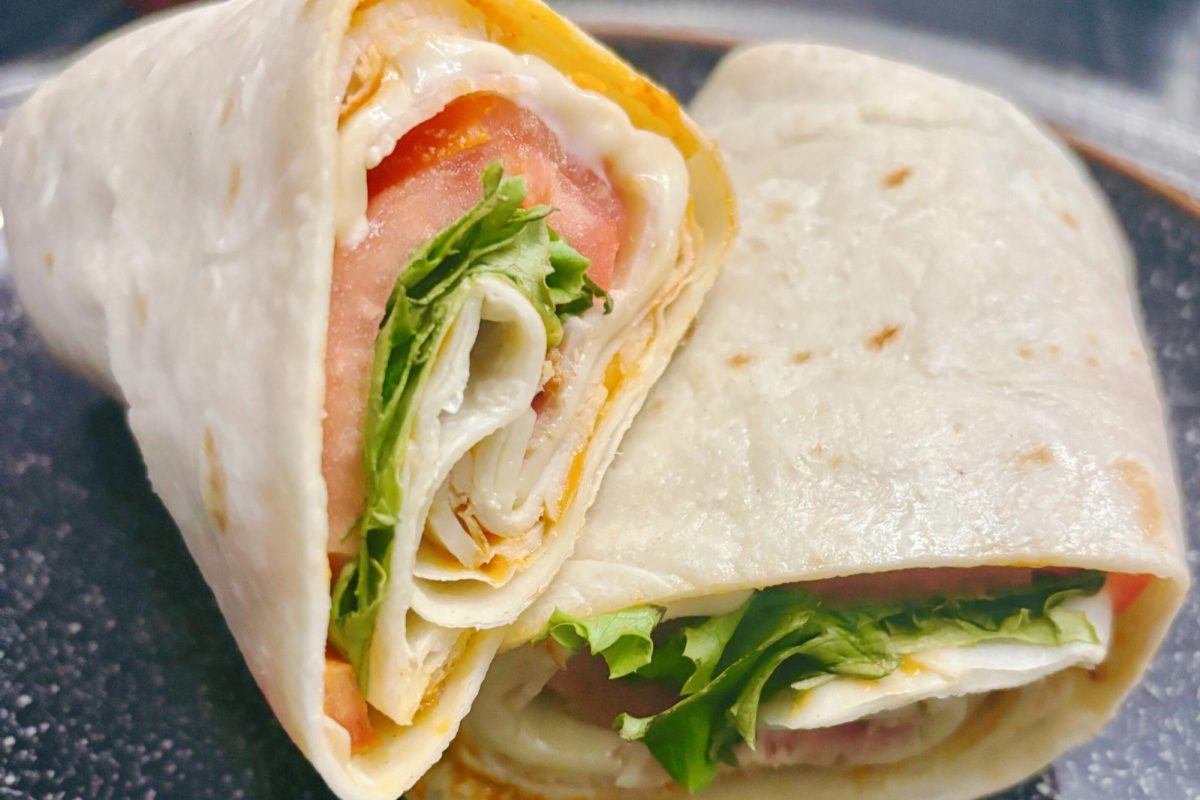Every year like clockwork, the arrival of fall is celebrated within its own aesthetic, —cinnamon candles, pumpkin-spiced everything, cozy knits, ankle boots, accompanied with color palettes filled with deep oranges, burgundies, and earthy browns suddenly adorning everything in sight. More than any other season, it is romanticized as a lifestyle, but at what cost? In the age of digital media, it seems almost impossible to escape the endless bombardment of influencers both purchasing and unboxing the “latest” and “greatest” available goods on the market. Various influencer platforms such as TikTok and Instagram utilize the ability of online shopping with just a simple click, and there seems to be a new trend or “it-girl” being recycled every season.
Overconsumption has become a danger that not only lies in the financial cost, but also the psychological one. When trends are shifting as rapidly as they are, consumers are trained to believe that their current wardrobes are not enough. Each season brings a sense of inadequacy – last year’s campaign suddenly looks outdated due to the cut or color not being featured in this month’s Pinterest feed. Fall is something that brands know is tied to an identity ritual, making it extremely effective at driving consumption across the retail world. But how much is really too much? Many have fallen victim to the marketing of trend setting–the feeling of needing to be immersed within trends, whether it be through the newest blush, food or flavor, or even the appeal behind a lip balm. According to Reuters, it was estimated that over $989 billion dollars were spent during the 2024-2025 holiday season which kicks off in September. That staggering number isn’t just a reflection of gift-giving during the holidays, but instead the societal expectation to begin spending the moment the leaves turn brown, and the air begins to cool, Fall has become the consumer frenzy that peaks during the chillier months. With back-to-back holidays from October through December, most brands strategize on how to capitalize through planned sales. From “limited edition” seasonal items often seen in makeup spaces released through major retailers, scarcity as well as urgency are carefully engineered to spark impulse purchases.
And the result? An endless loop of buying, discarding, and replacing items that were never meant to last. But this overconsumption is hurting more than just your wallet. According to Fordham Research Commons, overconsumption degrades the environment by causing resource depletion and scarcity through the increase in waste and pollution from landfills to microplastics, accelerating climate change. By driving biodiversity loss through habitat destruction and exacerbating water shortages, it depletes the Earth’s natural resources at an unsustainable rate, creating an inescapable cycle of environmental damage.
So where do we draw the line? The rejection of overconsumption doesn’t mean abandoning fall altogether, instead, it means rethinking how we engage and interact with it. For some people, it may be pulling out last year’s sweater out of storage instead of adding another to the cart or perhaps choosing to thrift and repurpose rather than chasing whatever social media’s current “it” happens to be. But most importantly, it is important to remind ourselves that the substance of fall is not contained in a shopping haul, but instead in the experiences that no brand can sell us. When we shift our focus from what can be bought to what can be lived, the season can take on a richness that no brand or item can replicate.
In the end, resisting overconsumption during the fall isn’t about denying yourself joy, it’s about redefining it. The pressure to constantly buy, refresh, and reinvent ourselves only keeps us trapped in a cycle where satisfaction is fleeting and waste is unfortunately inevitable. Through stepping away from the idea that every season requires a new haul, we allow ourselves to experience fall in a way that feels more genuine, sustainable, and far less stressful. By finding contentment in the familiar, celebrating traditions that cost nothing, and redefining seasonal joy, we can create memories that fill our soul and don’t empty our wallet, long after the pumpkin candles have burned out.





























